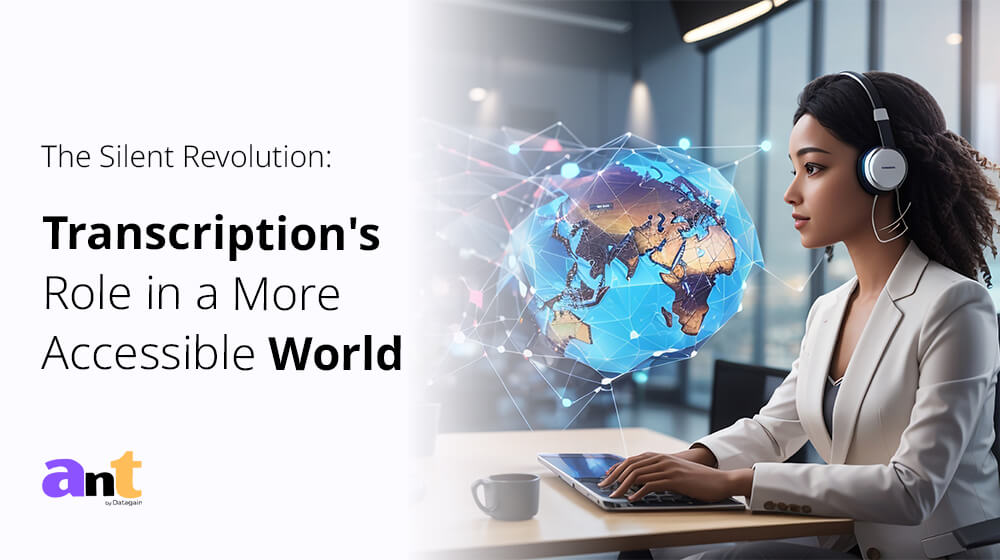Expanding your business internationally opens a world of opportunities but also comes with challenges. With this expansion comes the need for effective communication across language barriers. To navigate the complex translation landscape for international business, it is essential to understand the best practices and challenges involved.
Whether you are a seasoned global entrepreneur or venturing into international markets for the first time, this in-depth guide will bring you knowledge and insights. It will assist you optimize your translation strategies and enhance your business communication on a global scale.
Importance of translation in making documentation seamless for International Businesses
Businesses often need to communicate and exchange information across different languages in the global marketplace. Key documents such as contracts, agreements, financial reports, marketing materials, and legal documents require accurate translation to ensure clear understanding and compliance across international borders.
Effective translation helps bridge the language barrier, allowing businesses to communicate their messages accurately and professionally to clients, partners, and stakeholders in different regions. It enables smooth business operations, fosters trust, and avoids misunderstandings or potential legal issues arising from language misinterpretations.
Collaterals, including brochures, catalogs, product descriptions, website content, and promotional materials, are essential for marketing and branding efforts in international business. Translating these collaterals to the target market’s language ensures that the content is culturally relevant, accessible, and resonates with the local audience. It helps businesses effectively convey their value proposition, product features, benefits, and unique selling points in a language the target customers understand and connect with. By translating collaterals, businesses can expand their reach, increase brand visibility, and engage potential customers more effectively in different regions.
5 Challenges in Translation for International Businesses
1. Language complexity and diversity: International businesses often encounter issues such as the complexity and diversity of languages across different regions. Each language has unique grammar, vocabulary, and geographical nuances, making accurate translation complex.
2. Geographical adaptation: Translating content requires more than just converting words from one language to another. It involves adapting the message to suit the cultural context of the target audience. Different geographies bring differences in customs, beliefs, and preferences that can significantly impact the effectiveness of the translation.
3. Localization: Localization goes beyond translation and involves adapting content to meet a specific target market’s linguistic, cultural, and functional requirements. It includes adjusting formats, currencies, units of measurement, and even images to ensure the content resonates with the local audience.
4. Technical and specialized content: Translating technical or specialized content, such as legal, medical, or technical documents, poses unique challenges. These domains often have specific terminology and complex concepts that require translators with expertise in the subject matter to ensure accurate and precise translations.
5. Time and cost constraints: Translating content can be time-consuming and costly, especially when dealing with large volumes of text or frequent updates. Coordinating translation projects, managing multiple language versions, and
5 best practices for translation for international businesses:
1. Develop a localization strategy
Translation is not just about converting words from one language to another; it also involves cultural adaptation and localization. Cultural differences, norms, and sensitivities must be taken into account to ensure that the translated content is culturally appropriate and resonates with the target audience.
Localization goes beyond translation by considering aspects such as date formats, measurement units, currencies, idioms, and symbols that are specific to the target market. By adapting the content to the cultural and linguistic preferences of the target audience, businesses can effectively connect with them and build stronger relationships.
2. Understanding the Source and Target Languages:
A thorough understanding of both the source and target languages is fundamental for successful translation. Translators should possess a strong command of the source language to fully grasp the meaning, context, and subtleties of the original content. Equally important is their proficiency in the target language, enabling them to accurately convey the intended message, tone, and nuances in the translated version. A deep understanding of both languages ensures that the translation maintains the original intent and effectively resonates with the target audience.
3. Use translation memory software:
Translation memory tools store previously translated segments, creating a database of approved translations. It ensures consistency in terminology, style, and tone across all translated content. By reusing previously translated segments, the tool helps maintain accuracy and eliminates the risk of inconsistencies.
When a sentence or phrase appears again in a new document or project, the tool suggests the previously translated segment, allowing translators to reuse it. This eliminates the need to retranslate identical or similar content, saving time and reducing overall translation costs. Translation memory tools ultimately help streamline the translation workflow, increasing translators’ productivity. By automatically suggesting translations for
4. Work with Professional Translators & Maintain Consistency:
Collaborating with experienced and qualified professional translators is essential for high-quality translations. Professional translators possess linguistic expertise, industry-specific knowledge, and cultural understanding, ensuring accurate and contextually appropriate translations for international businesses.
Consistency in translation is vital for building brand identity and conveying a unified message across different languages and markets. Establishing style guides, glossaries, and translation memories can help maintain consistency in terminology, tone, and style, ensuring a cohesive brand image globally.
5. Perform quality assurance checks:
It’s essential to perform quality assurance checks to ensure the accuracy and consistency of the translations before publishing or sharing them with your target audience. Multiple rounds of editing, proofreading, and linguistic review should be conducted to ensure that the translated content is error-free, culturally appropriate, and effectively conveys the intended message. It is also beneficial to involve native speakers and subject matter experts in the review process.
The Bottomline
The translation is indeed an indispensable aspect of international business communication. By navigating the best practices and challenges, international businesses can bridge language barriers, connect with their audience, and pave the way for successful global expansion.
If you are searching for the most promising translation services for your international business needs, look no further! At Ant, we provide top-notch translation solutions that elevate your global communication. With a team of experienced translators well-versed in various industries and languages, we ensure accurate and culturally appropriate translations that resonate with your target audience. So, without further ado, book your custom quote immediately with us!

















